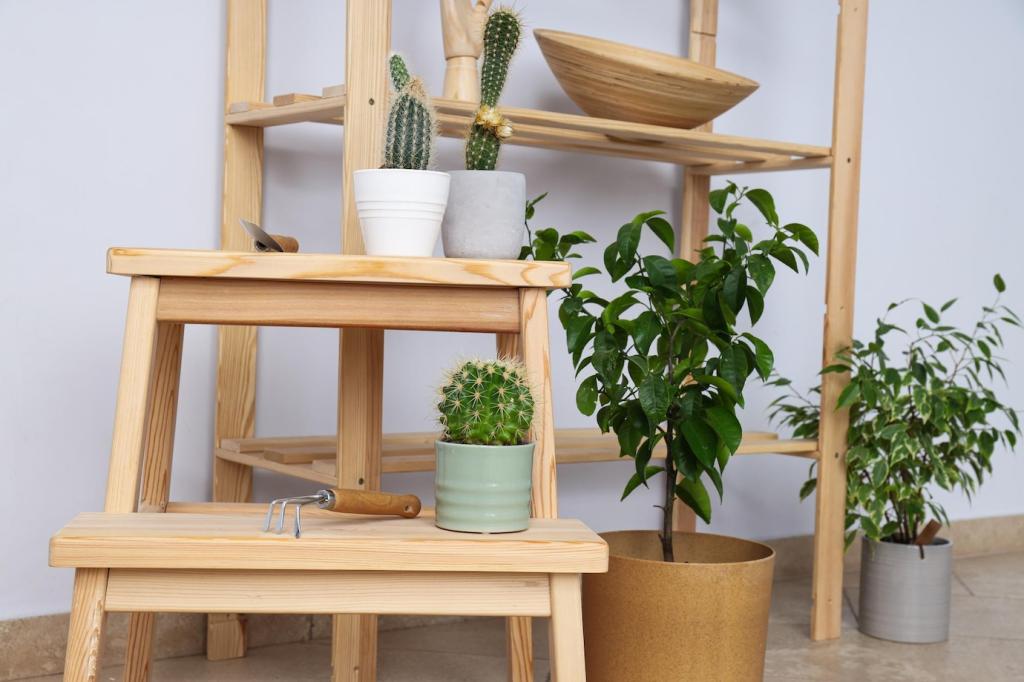Plumbing It In: Pumps, Pressure, and Purpose
Irrigation, toilet flushing, and laundry can run on rainwater in many regions with proper backflow prevention and labeling. Keep potable and non‑potable lines completely separate. Ask your local plumber about code‑compliant purple pipe labeling, then tell us what you plan to offset first.
Plumbing It In: Pumps, Pressure, and Purpose
Look for pump curves that match your desired flow and head, consider variable‑speed units for quiet efficiency, and pair with a pressure tank to prevent short cycling. Mount pumps on vibration pads and place them where maintenance access and noise control are simple.
Plumbing It In: Pumps, Pressure, and Purpose
Combine drip lines with soil‑moisture sensors and a smart controller that pauses watering when rain is forecast. Target roots, not leaves, to cut evaporation. Subscribe for our seasonal scheduling guide, and share how your garden responds to smarter, gentler watering routines.
Plumbing It In: Pumps, Pressure, and Purpose
Lorem ipsum dolor sit amet, consectetur adipiscing elit. Ut elit tellus, luctus nec ullamcorper mattis, pulvinar dapibus leo.






